
Why I stopped taking spanish classes and started volunteering
I’d been wanting to start volunteering in Mexico in some way, shape or form, since I finalized the idea to come and live here. It’s a good way to become more involved in the community and to feel a connection to the people of the city. It could be a way to make new friends. And of course, great practice for my Spanish-learning.
So, why didn’t I start sooner? Laziness, maybe. Or business? When I first came to Mexico I had Spanish classes Monday-Friday, was taking business classes for this second Bachelor’s degree I’m working on, and also was trying to keep up this little blog you may have heard of. This is besides the language exchanges and touristing and food-tasting I was doing. I kept busy in CDMX. But as we all know, being “busy” is a very convenient excuse. It allows us to forgo things that would make our lives better, make us grow, things that are difficult, things that are scary.
Truth be told, if you work hard enough at it, you can always find the time to do the things you want to do. The reality of why I didn’t start my volunteer project sooner has more to do with fear than with my lack of time or slacker tendencies. I thought my Spanish wasn’t good enough to work for a cause speaking only in Spanish. How would I find an organization for which to volunteer? I’d have to meet new people, strangers, and of course—the scariest of all—be the new in the organization, not knowing what the hell I’m doing. Do we all hate this feeling? Is it a normal human aversion? Or am I particularly sensitive to feeling like a dumbass?
So the time passed, and I kept myself busy and never started that whole volunteering thing I’d been thinking about. Until I did.
If you work hard enough at it, you can always find the time to do
the things you want to do.
When I returned to Mexico in the beginning of January, with plans for staying three more weeks in Mexico City and spending two traveling in other parts of the country, I was at a bit of a rough spot in my Spanish learning journey. I had been home for the holidays for nearly three weeks. Meaning little Spanish practice, and mucho ingles. I knew I only had a few weeks left here, a short time to realize the improvement I was hoping to see in my speaking abilities. I wasn’t completely sold on the school I’d been attending and didn’t feel confident that I had absorbed a lot of the new material I’d learned in the two weeks in Mexico before the holidays.
I’d felt, in those two weeks in class, that I was treading water. Pushing forward but having a tough time getting my head around certain things. I didn’t feel quite ready to jump right back in, and given that sentiment, also didn’t want to start paying to attend classes again if my head wasn’t “in the game”. I decided I’d take a week off. From school, but not from learning.

I have had this nagging feeling all along that I haven’t been speaking enough Spanish. That I have yet to put myself in the position of having to speak. Sure, there are restaurants, and tiendas and the metro and language exchange meetups. But how much of my day do those things occupy? How often is it that I can’t swap over to Spanglish and easily get my point across? The answers are little and seldom.
I had heard so many stories of people doing immersion and becoming fluent. My friend Rachel told me her brothers both speak fluent Spanish because of their missions served in Latin America. I remember meeting a girl in the lobby of my school here in Mexico, who spoke what sounded like very good Spanish, saying that she had worked on a volunteer project.
“And so I had to learn,” I remember her saying.
The words stuck with me. These stories of photosynthesized-fluency from mere exposure that seemed mythical but are so widely spread that they couldn’t possibly be.
I decided that since I just wasn’t “getting it” that I should regroup, try a different method. Put myself, finally, in that uncomfortable position of having to speak. And listen. And understand.
Monday morning, after a delightful little getaway to San Miguel de Allende, a city three hours from Mexico City, which I must write more about later, I cold-emailed a dozen different charitable organizations in Mexico City, in Spanish, asking to volunteer with them. I emailed orphanages, dog rescues, religious organizations for disadvantaged kids, organizations that benefit people living with illnesses, and also with disabilities. I would have cleaned the streets or babysat a pet turtle, honestly. I just wanted to do something, anything.
The first organization that responded to me was one called OLAK or Organización de Lideres Altruistas Kintsugi, A.C. It’s an organization that works on several causes including gender equality and care for disadvantaged members of society of all ages. OLAK has set up “huertos urbanos” urban orchards—what we would really call gardens or greenhouses in the states—to be cared for by abuelitos (elderly people) and niños desafavorecidos. (underprivileged or disadvantaged kids.)
I didn’t know much about the organization at this point—I had emailed so many it was difficult to keep them all straight. But they responded the very next day after my spattering of emails, and they said I could come and volunteer with them, and so I was in.

It’s a pretty cool concept, actually. Giving the elder, who either live in a residence for the elderly or are part of day program, something to care for (the huerto) provides that feeling of utility and purpose, without which days can be long, boring and, well, hard. The interaction between the young people and the old is a mutually beneficial arrangement. The kids have a day away from their shared home to hear stories from these oldies, to feel helpful pulling out a chair, assisting with a walk, or helping to water the jitomate plants in the orchard. For the elderly, they can impart some wisdom to youngsters, provide adult companionship for a group of kids who are often lacking healthy or consistent adult relationships in their lives. And the volunteers help to facilitate all of this. Caring for the gardens, assisting both the old and the young.
So, two days later, despite my insides telling me to call it off because I was scared as hell to meet these old Mexican ladies and speak my poor Spanish, I put on my red tee-shirt and I made my way, via the metro to Azcapotzalco, a suburb of Mexico City, and to Casa Betti.
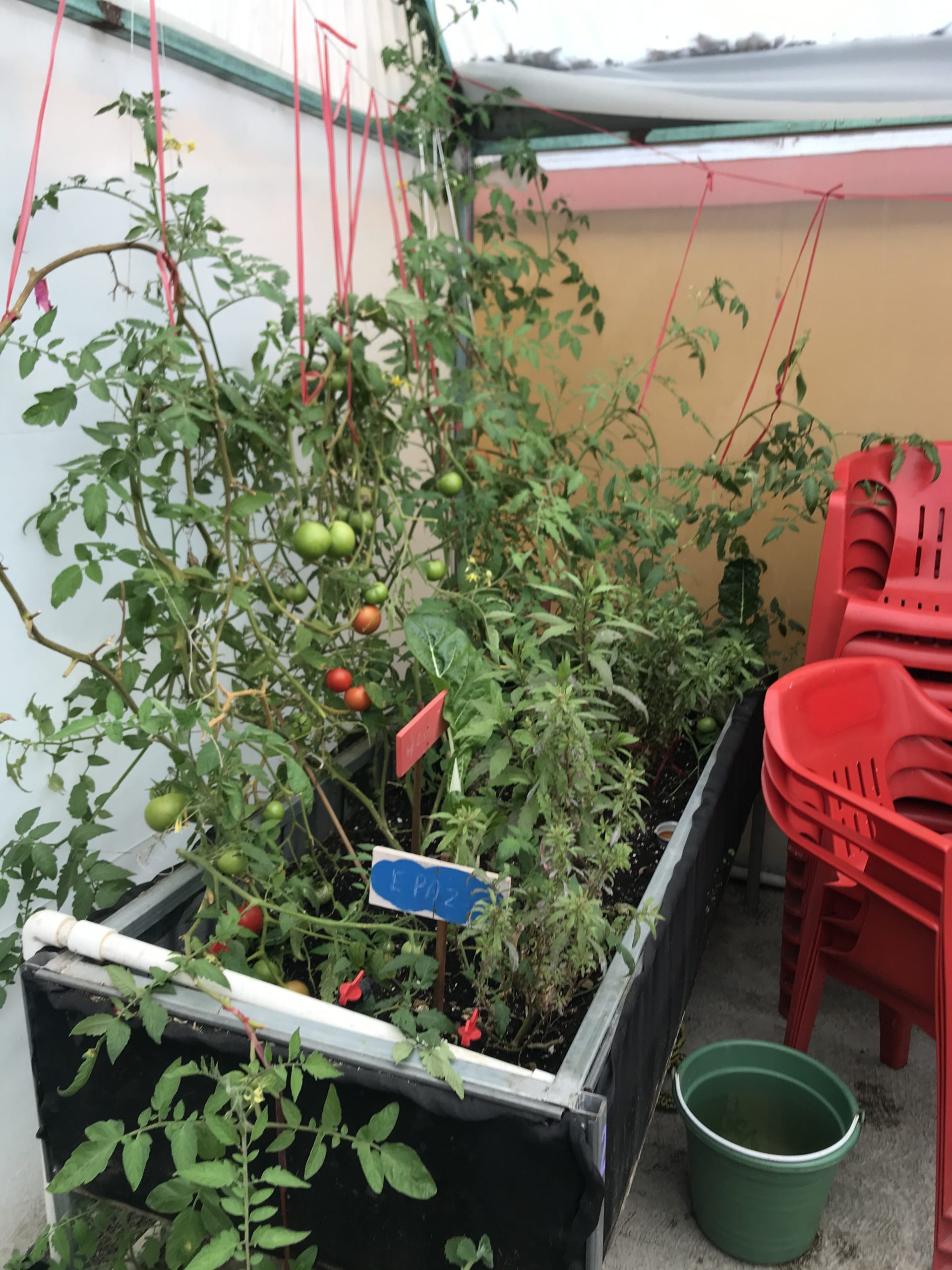
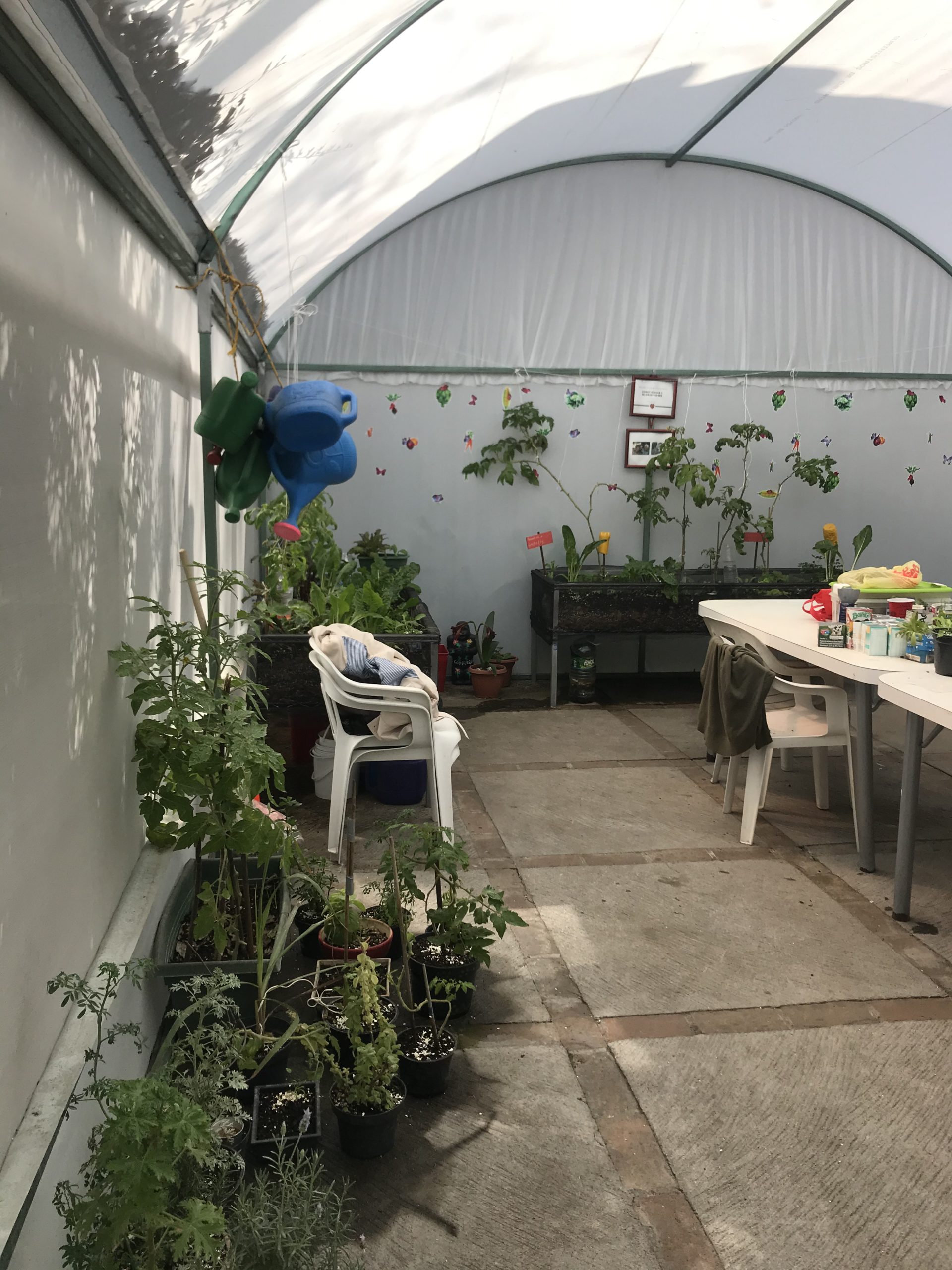
It was nerve-wracking. I was awkward; looking, I’m positive, every bit as uncomfortable as I felt. That day was a struggle. I said a lot of “Que?” (What?). But they were patient with me. I helped water some plants, crushed egg shells with one abuelita and scattered them in the plant beds with another. I was honored when one of them kissed my cheek in greeting (did she think we knew each other already?) and equally elated when one invited me to sit next to her and called me linda (cute). By the end of the afternoon I had spoken (badly) with them about my stay in Mexico and the places I would travel to. I tried with difficulty to understand them the first time they said something, but most of the time it took a repetition or two. But throughout the afternoon, even with all my “Que?”s and confused smiles, they remained patient, simply slowed down their words and repeated.
The next day I visited another location South of Mexico City, Casa de la Divina Providencia, a day center for elderly – both men and women. I was struck by the beauty of this place. It looks to be an old (li-ter-al) castle since converted to separate habitaciones, a few apartments and this day center for mayores. The entry way to the day center is a grand wooden door, taller than three of me. There is a courtyard, facaded completely in blue yellow and white tiles with vibrant flowering vines creeping along corners of the walls. And then there’s the orchard. Inside is similar to the greenhouse at Casa Betti, but outside of it is a courtyard, a seating area with concrete benches under an awning, a white wrought-iron table and chairs, magenta flowers on vines spilling over posts and fences.
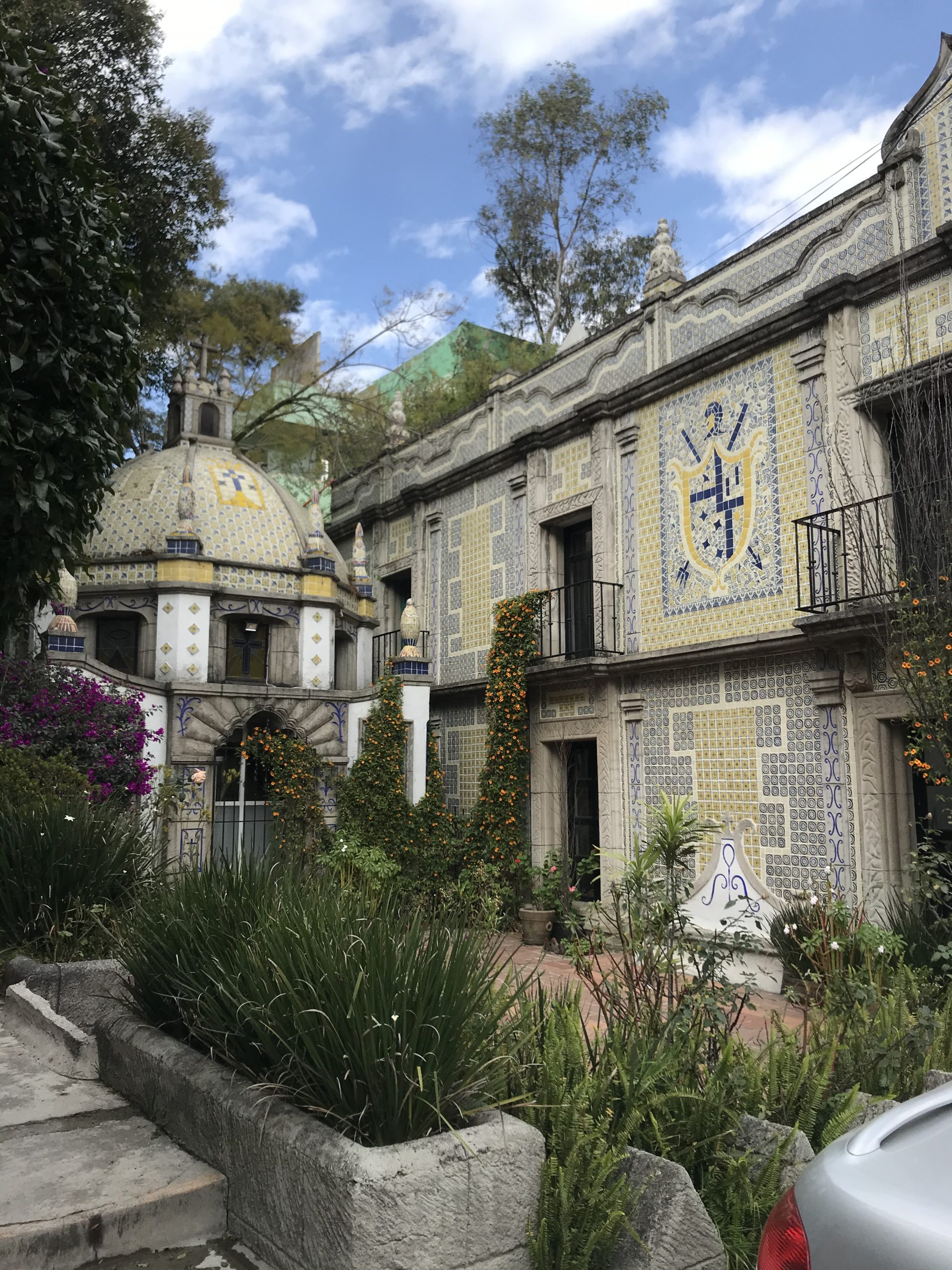
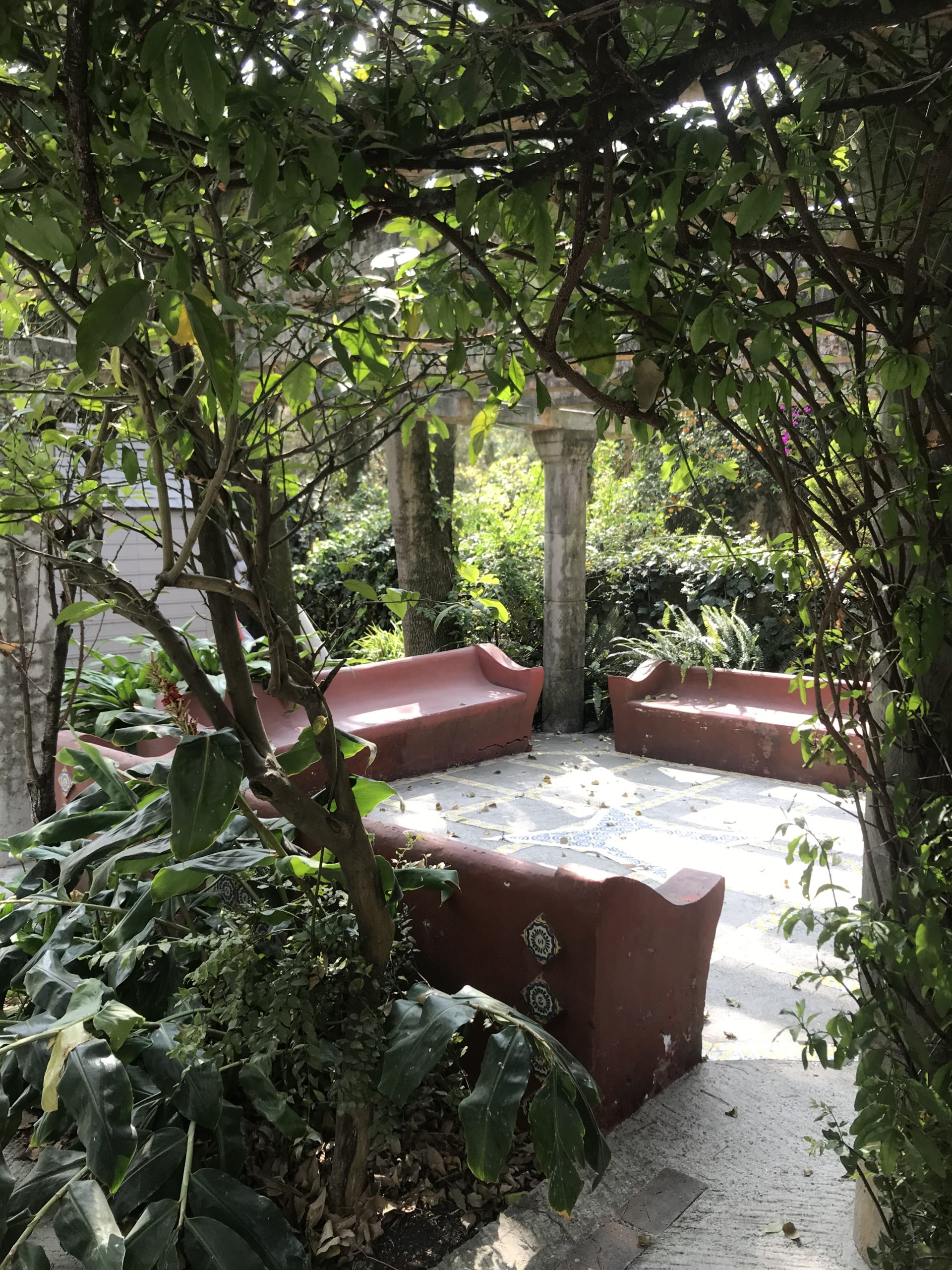
I kept going back. I’ve been volunteering at OLAK and their Proyecto Germinando Lazos Inter Asociaciones for the past three weeks, yesterday being my last day. I feel funny even calling it volunteering because in reality it doesn’t feel like I’m doing much or making a huge impact. I’m just taking a few hours out of my day and my week to spend time with some old-timers and some plants and the two wonderful chicas who run the project. I got to know the personalities of the familiar faces of the ladies at Casa Betti, and I had an awesome day at Casa de la Divina Providencia leading group activities and then learning to play chess with a very kind gentleman who asked me several times where I was from and how long I would be in Mexico.
These stories of photosynthesized fluency that seemed mythical,
So widely-spread that they couldn’t possibly be…
I did end up going back to school. By the approach of the second week, as much as I thought the real-life interaction of volunteering would help to better my Spanish, I also realized that I missed the structure of having classes daily, the worksheets and practice exercises and interaction with other students and teachers. I did switch schools, more because of a mishap with the old one than because I decided to. But it turned out to be an intervention of the universe because the last two weeks have been very good, solid weeks of learning.
After school, two days a week, I would hop on the metro to visit my elderly pals and the plants we all cared for. I feel pretty confident that they made more of a difference for me than I did for them or the organization. They welcomed me, made me feel at home in their little circle, and allowed me to feel useful even as I’m slow with Spanish and clueless when it comes to gardening.
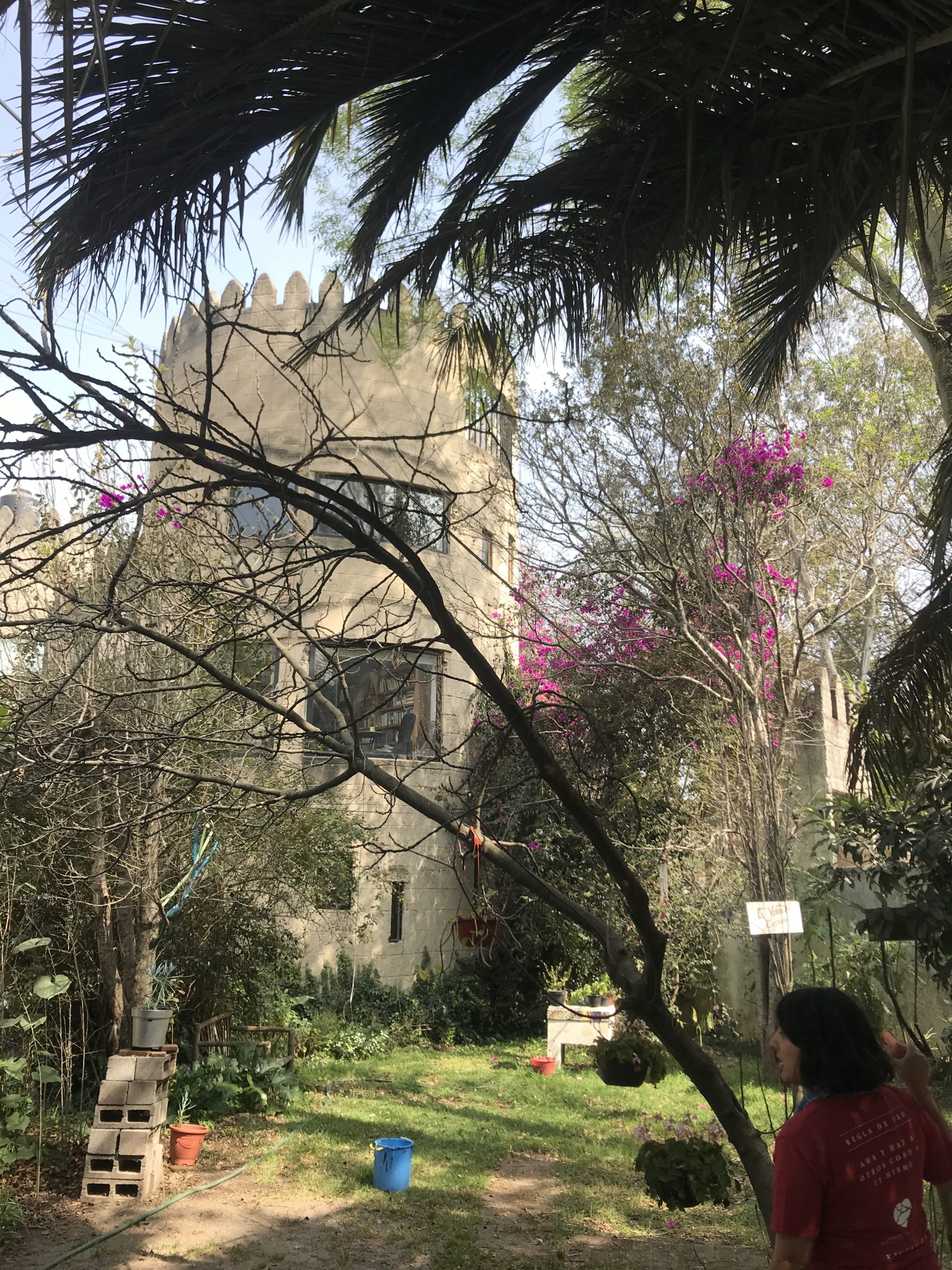
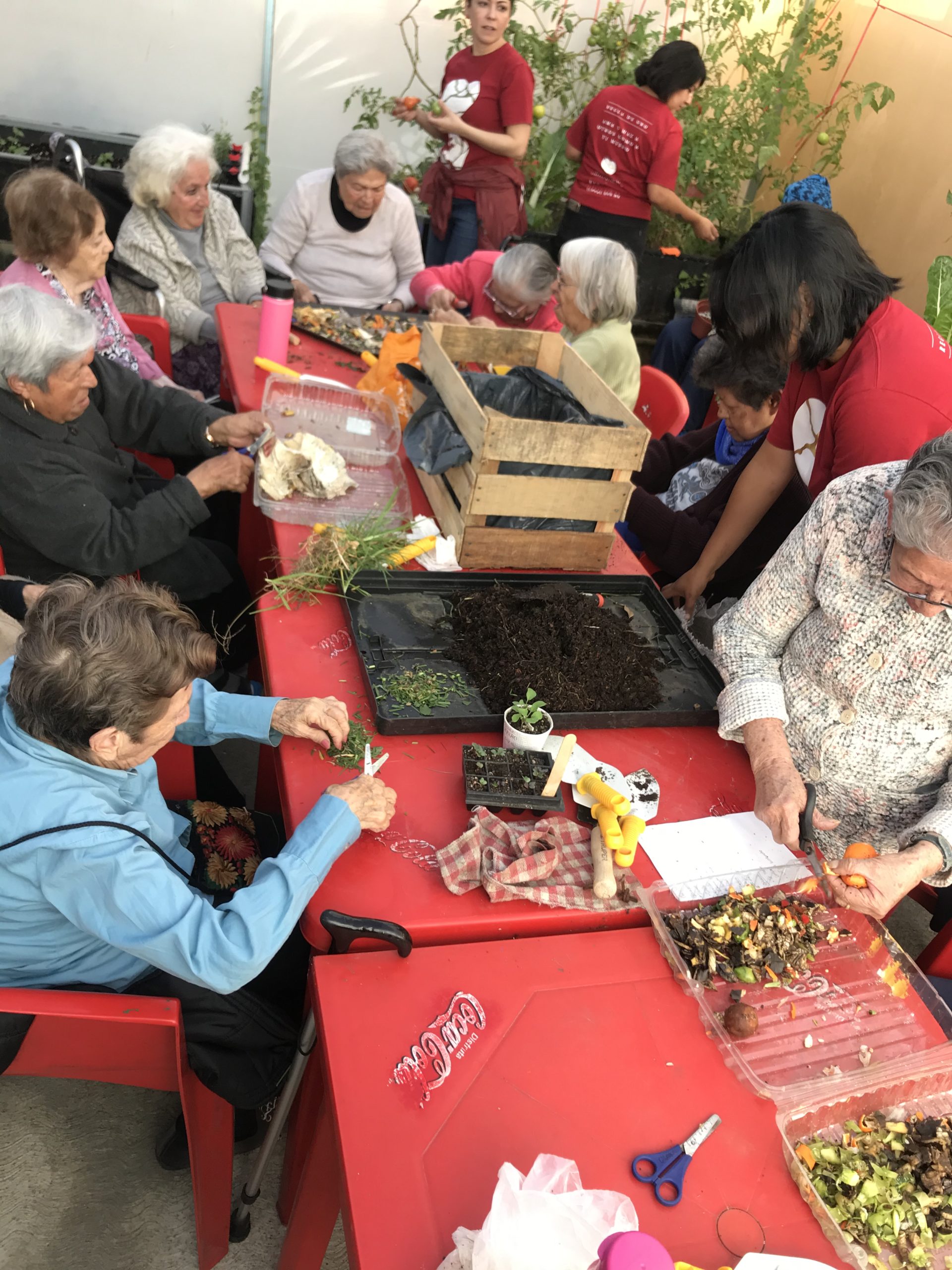
Did I become fluent by volunteering? Certainly not. And my language may not have even improved drastically. But one thing is for sure: It made talking easier. Not because I’m any better, but because I had to accept the fact that I don’t know everything, that I can’t speak perfectly or say everything I want to say. In order to make it through my afternoons with these elderly Mexicanas I had to try to listen harder, and to speak even if I didn’t have the right words. I had to accept that I’d sound a bit silly and do it anyway. And that acceptance has cleared the way for a hell of a lot more improvement than I’d see otherwise.
I’m a chatterbox now; asking unnecessary questions, striking up conversations when the opportunity presents, engaging locals rather than saying the basics and quickly shutting up or switching back to English. And I think this is how we improve. We talk, we listen and listen hard, and then we talk some more. We check our egos at the border and we accept that we are going to sound silly. And we’ll do this until one day, one glorious day down the road, we don’t sound silly anymore.

Saying goodbye to my amigas at Casa Betti
Volunteering with OLAK was a blast, and I’d recommend it to anyone in Mexico City looking to do some volunteer work. Spanish is a must, but if your intermediate is at my (mediocre-at-best) level, then you’ll be well-able to muddle through.
To learn more about the Huertos Urbanos watch this YouTube video or read by clicking HERE.
If you’re looking for other volunteer opportunities in Mexico check out Haces Falta, which is a great resource for finding just the right one.
Until next time, and thanks for reading!



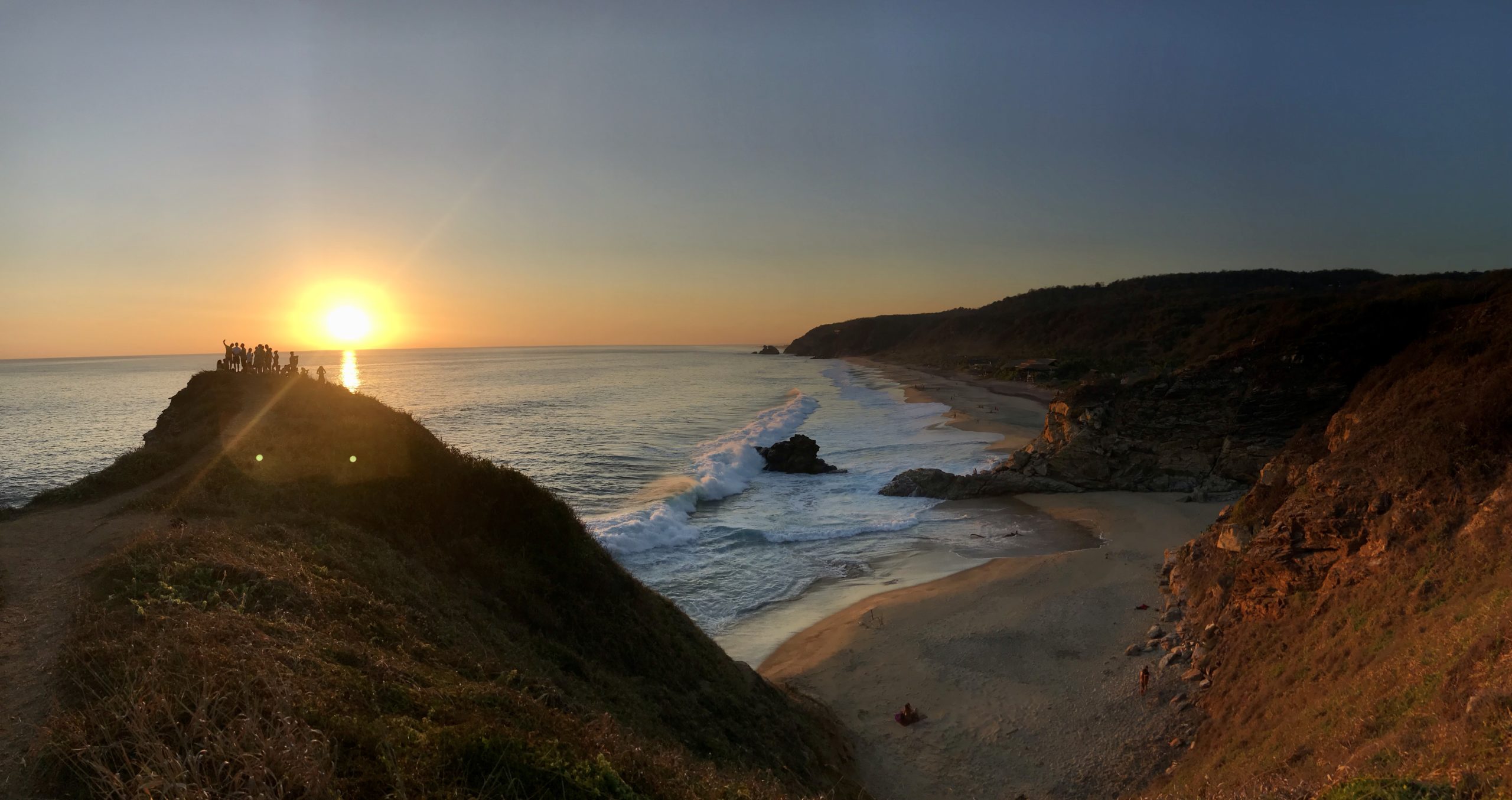

Rae Rae
Way to go Tone! So proud of you. I am sure you’re learning more than you realize.
What an amazing experience you’re having, and Leslie will be so proud of your gardening!
Toni
Thanks Rachel, just seeing this. You’re the best!
blog3002
Hello, I read your blog like every week. Your story-telling style is witty, keep it up!
Toni
Thanks so much @Blog3002! That means a lot to me. I will have to start posting more. Stateside now, but I can’t wait until we’re traveling again to plan my next adventure!